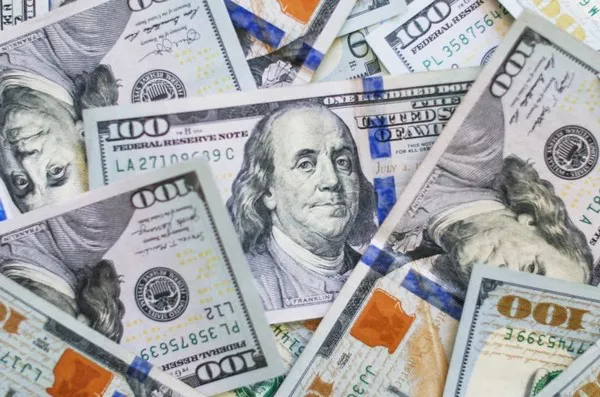In a significant turn of events, the US dollar plummeted to a fresh four-month low on Thursday following the Federal Reserve’s latest economic projections. The central bank signaled that the interest-rate hike cycle has concluded, paving the way for lower borrowing costs anticipated in 2024.
In response to this development, the yen experienced a surge, briefly breaking below 141 yen against the greenback for the first time since late July. Simultaneously, the Australian and New Zealand dollars reached new multi-month highs, driven by impressive Australian employment data that surpassed forecasts.
Federal Reserve Chair Jerome Powell, in Wednesday’s Federal Open Market Committee (FOMC) meeting, conveyed that the historic tightening of monetary policy is likely over, with a discussion of cuts in borrowing costs coming “into view.” Nearly unanimous among policymakers was the projection that borrowing costs would decrease in 2024.
City Index’s Senior Market Analyst, Matt Simpson, emphasized, “This is a huge development for markets as we head into the new year and provides much-needed clarity. And clarity in this instance meant risk-on.”
The US dollar index, measuring the greenback against a basket of currencies, slipped to 102.42, its lowest since mid-August, and was down 0.31% at 102.56.
With the FOMC meeting likely overshadowing upcoming economic data, analysts suggest further downside potential for the US dollar, with markets now pricing in approximately a 75% chance of a rate cut in March, according to the CME FedWatch tool.
The yen continued to strengthen, reaching its highest since July 31 at 140.95 yen per dollar. The dovish FOMC meeting caught some traders off guard, prompting a swift unwinding of positions by those who were bearish on yen and bullish on the dollar, according to Masafumi Yamamoto, Chief Currency Strategist at Mizuho Securities.
As attention turns to central bank decisions, including the European Central Bank, Bank of England, Norges Bank, and Swiss National Bank, the Norwegian central bank is seen as the only one potentially raising rates. There is also a risk that the SNB could dial back its support for the Swiss franc in currency markets.
In currency movements, the euro rose 0.25% to $1.09015, while sterling traded at $1.2642, up 0.19% on the day. The Australian dollar surged to over a four-month high at $0.6728 following a robust increase in domestic net employment. Similarly, the kiwi rose 1.04% against the greenback to $0.6238, despite unexpected contraction in the New Zealand economy in the third quarter.


